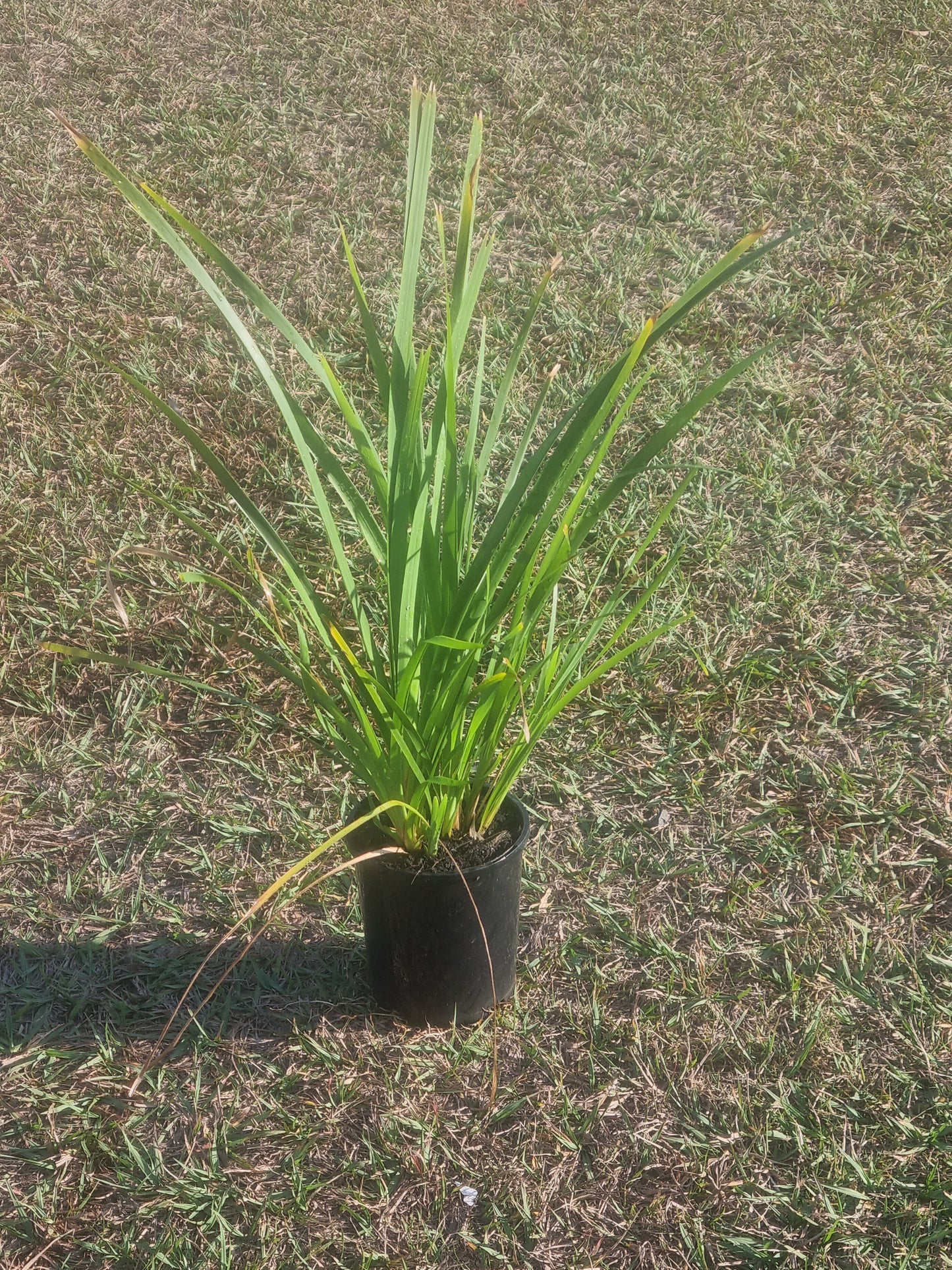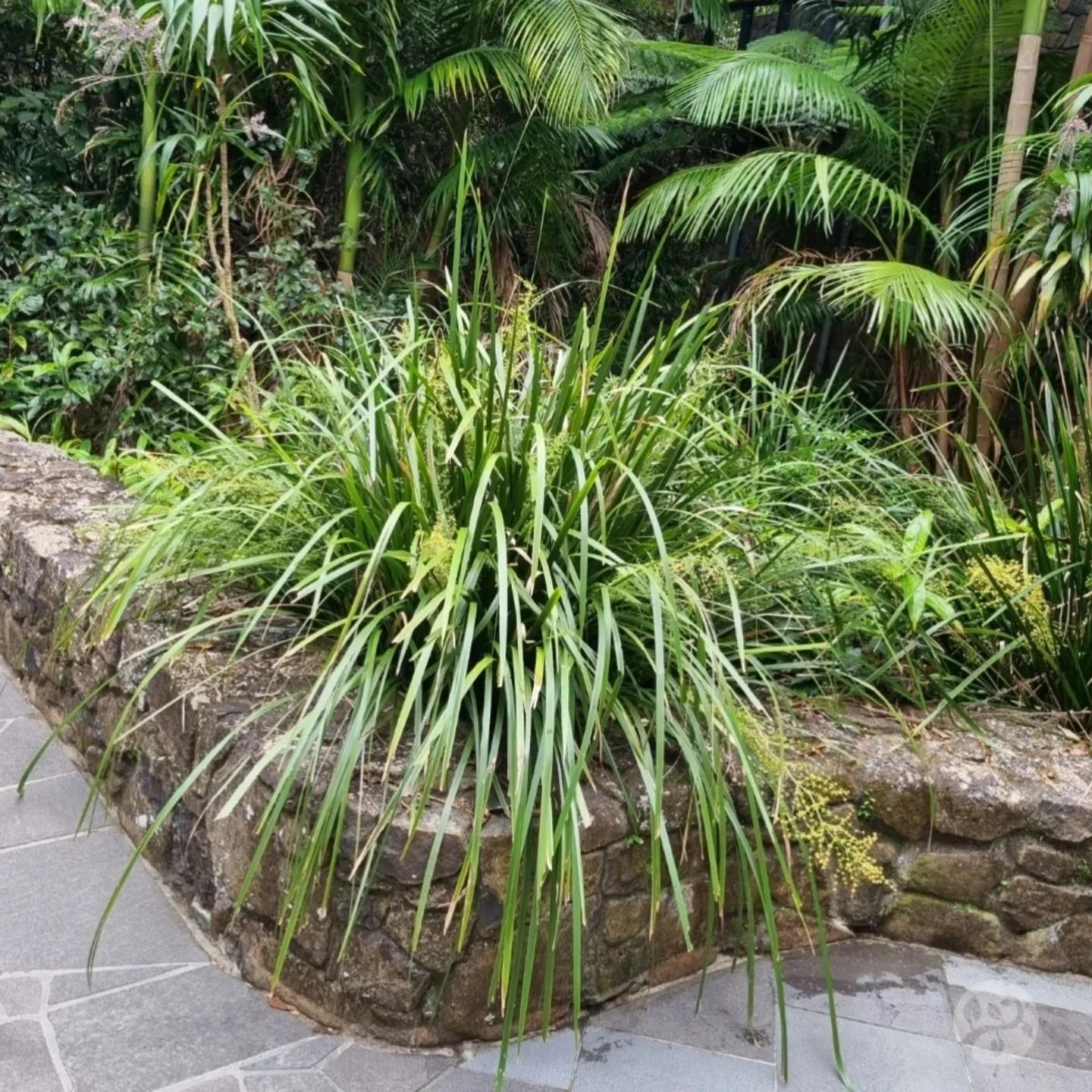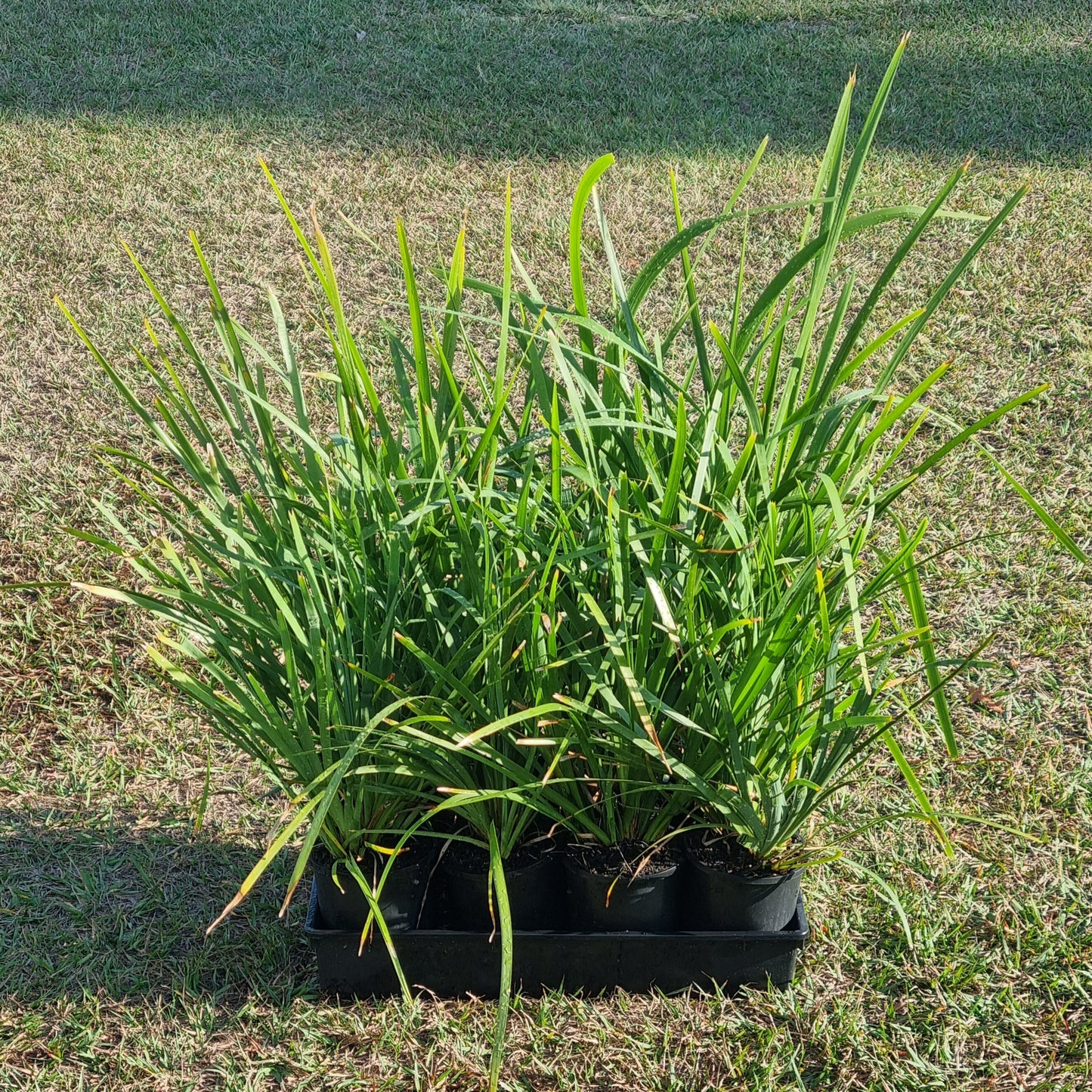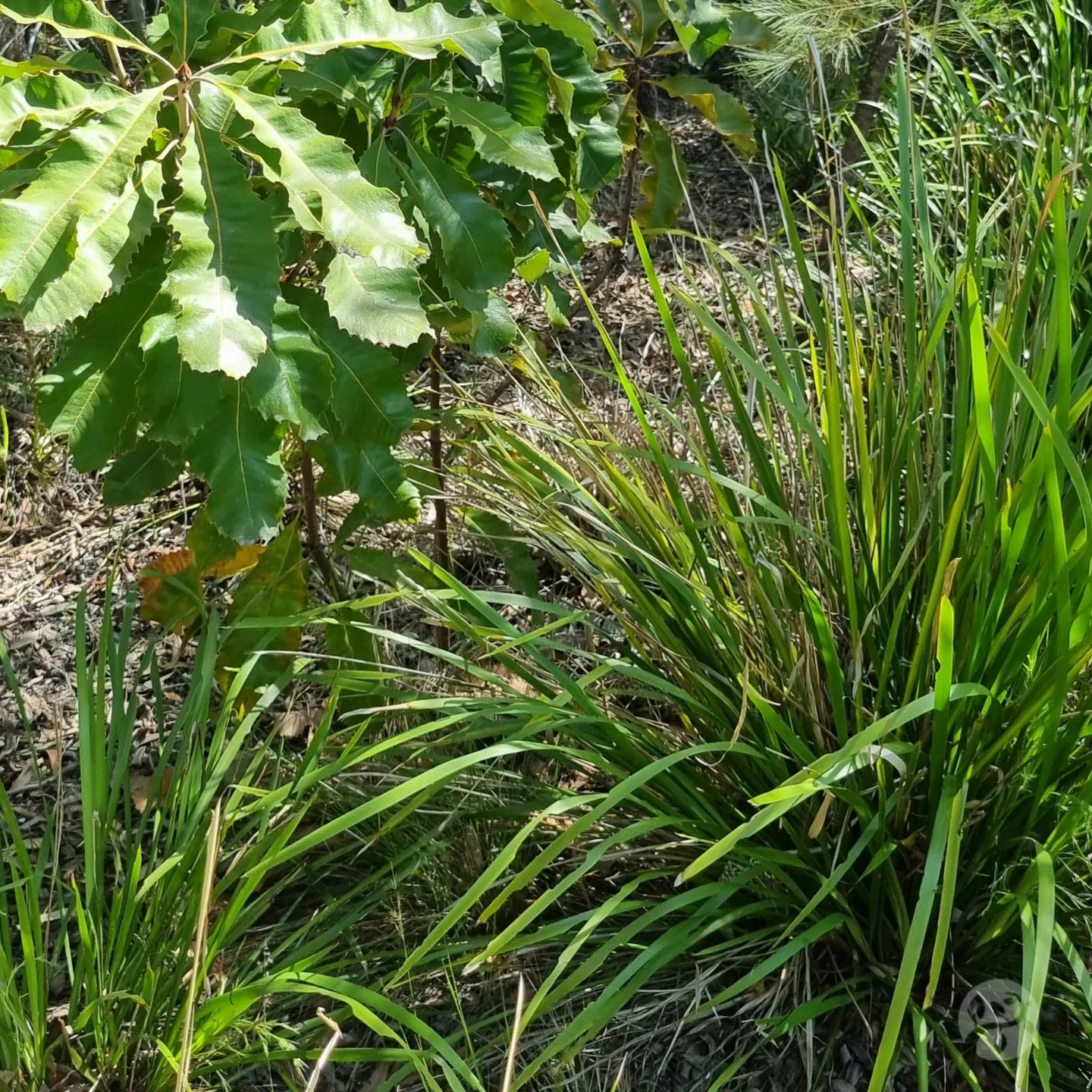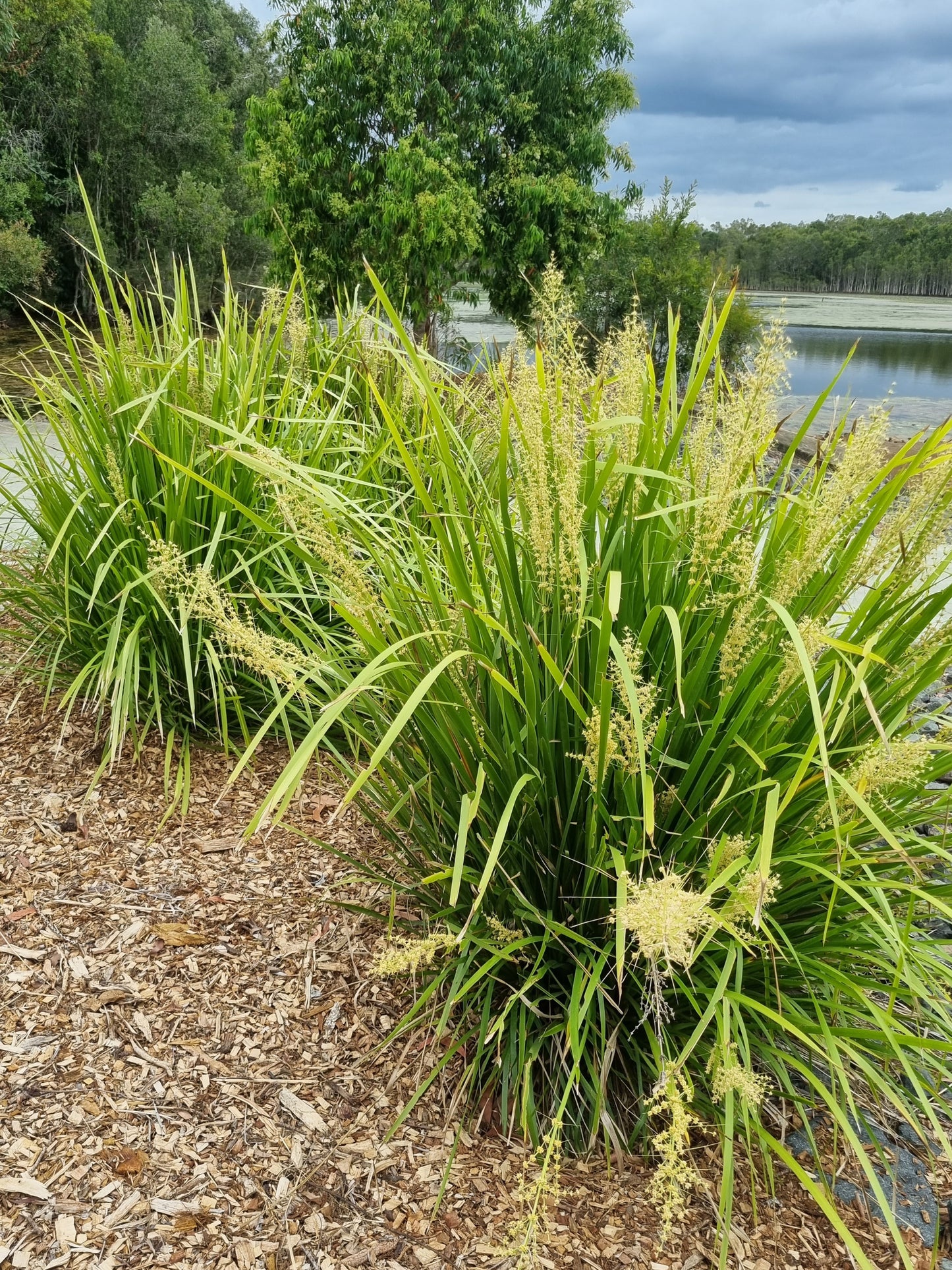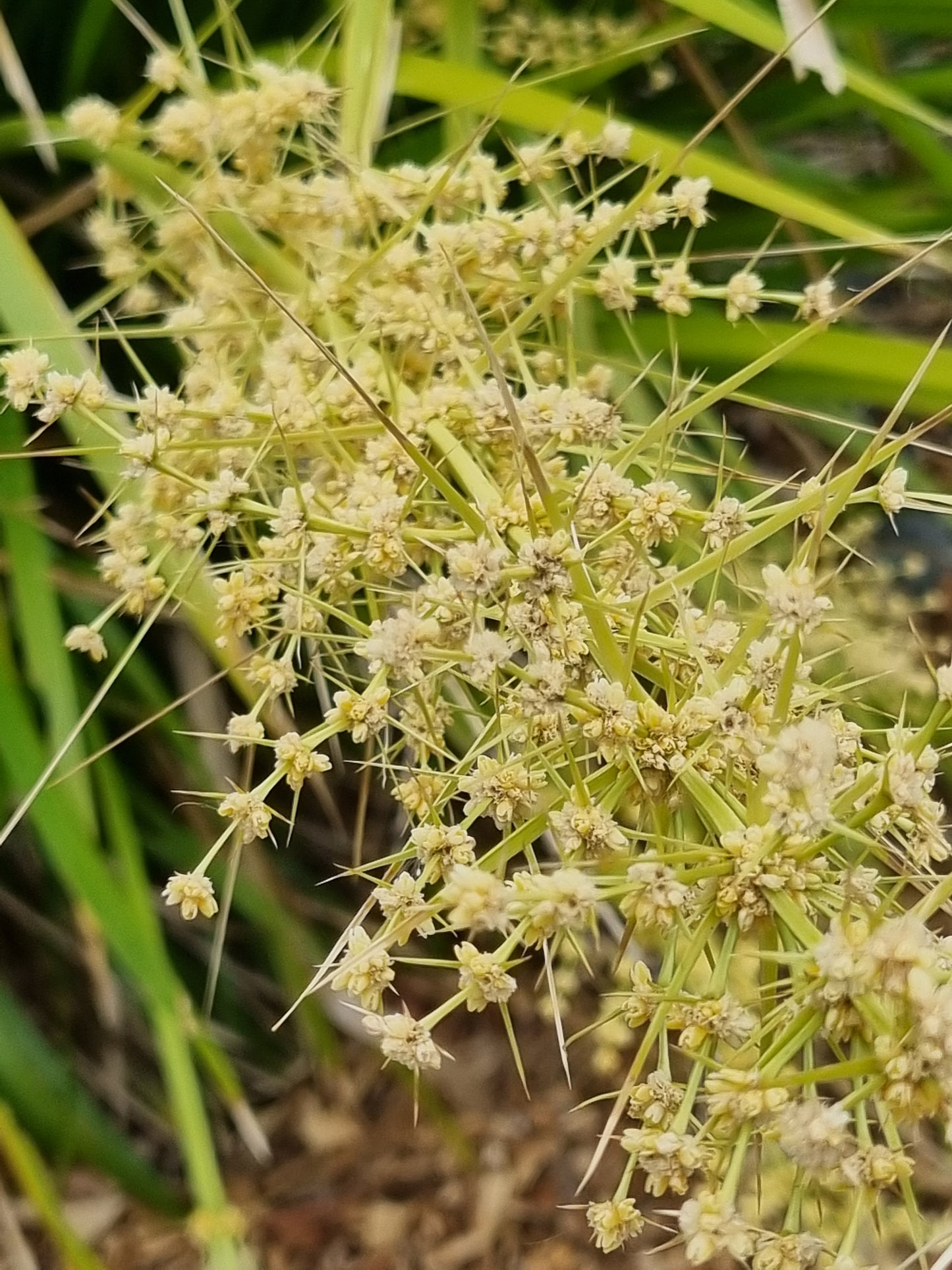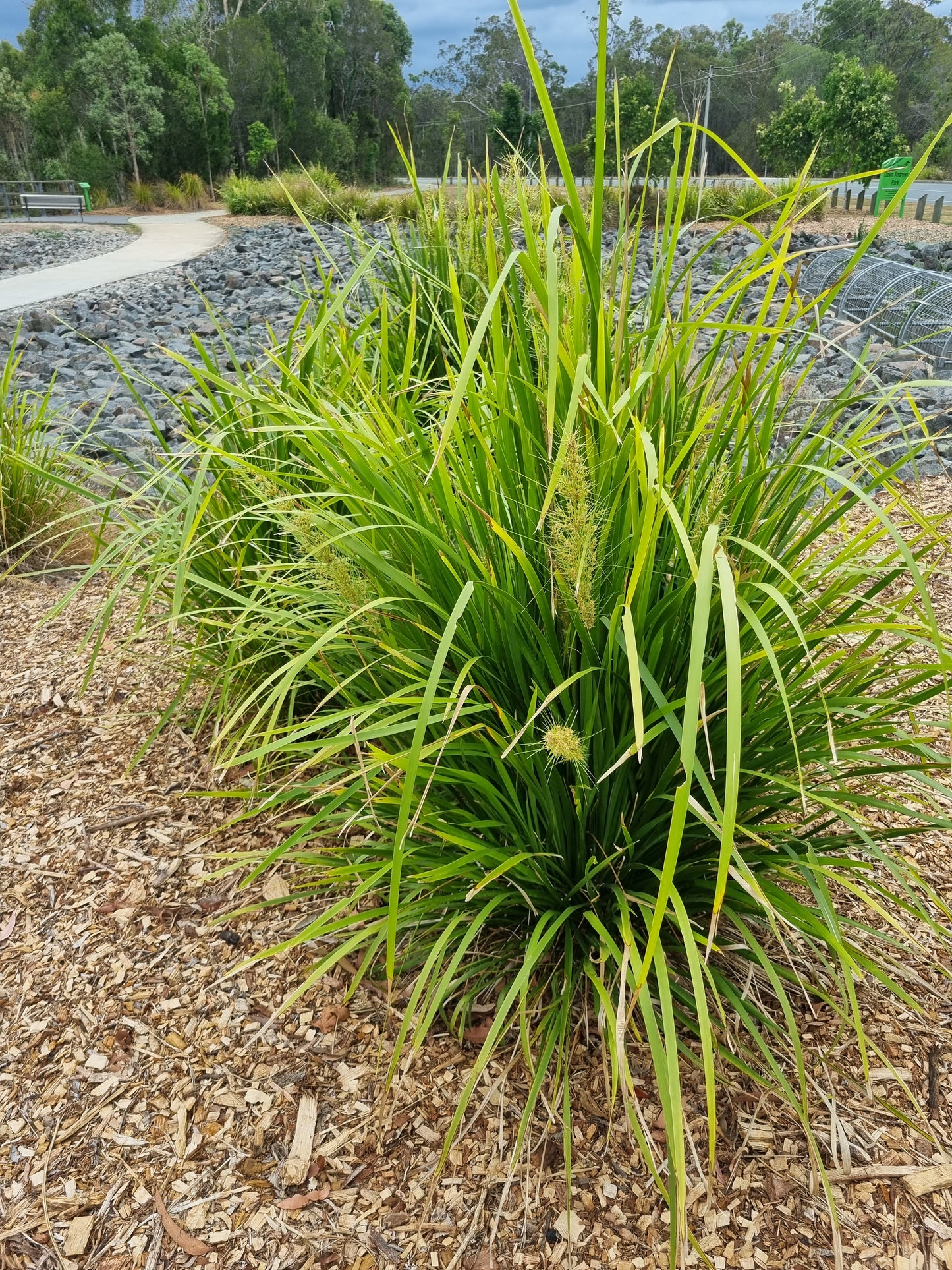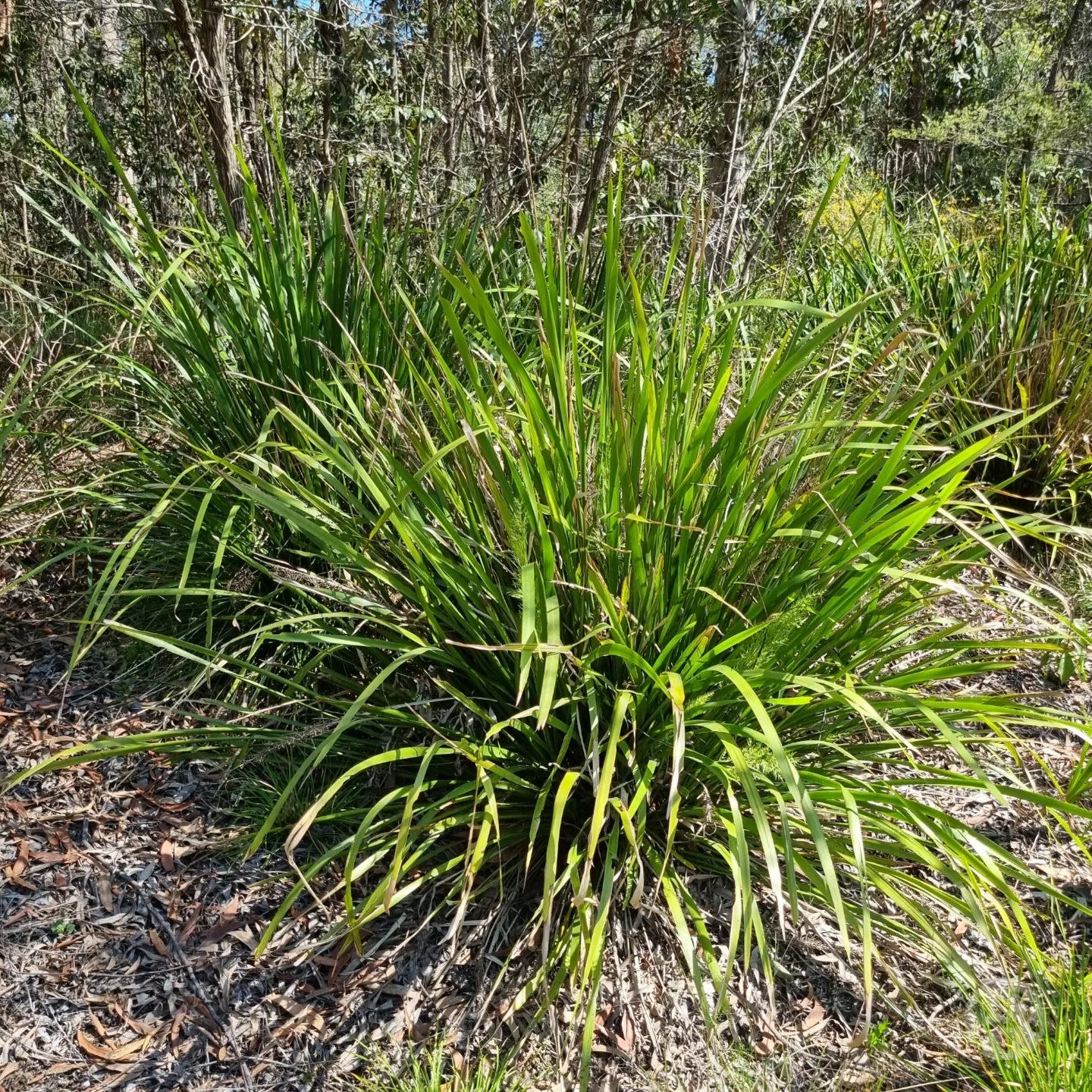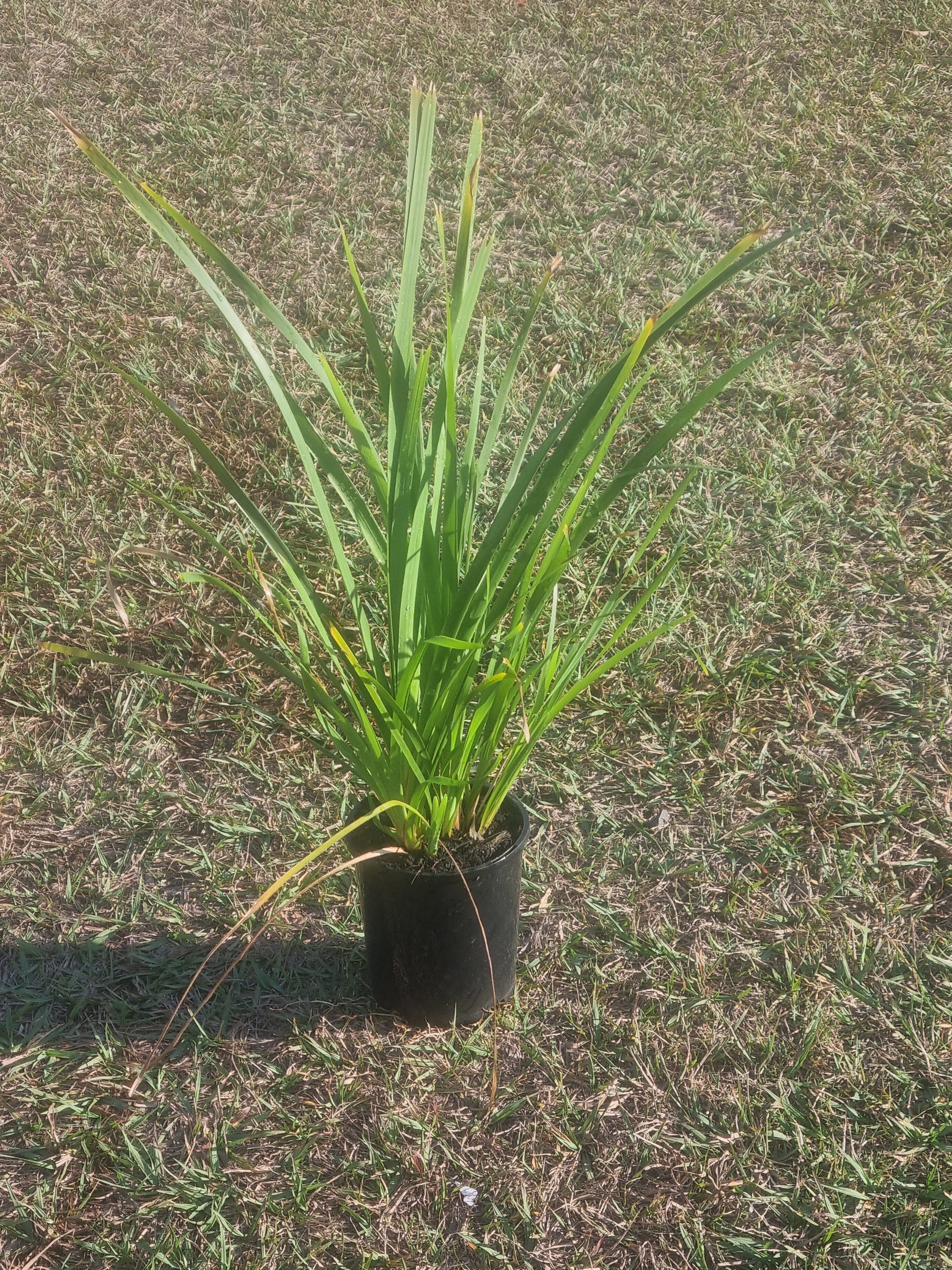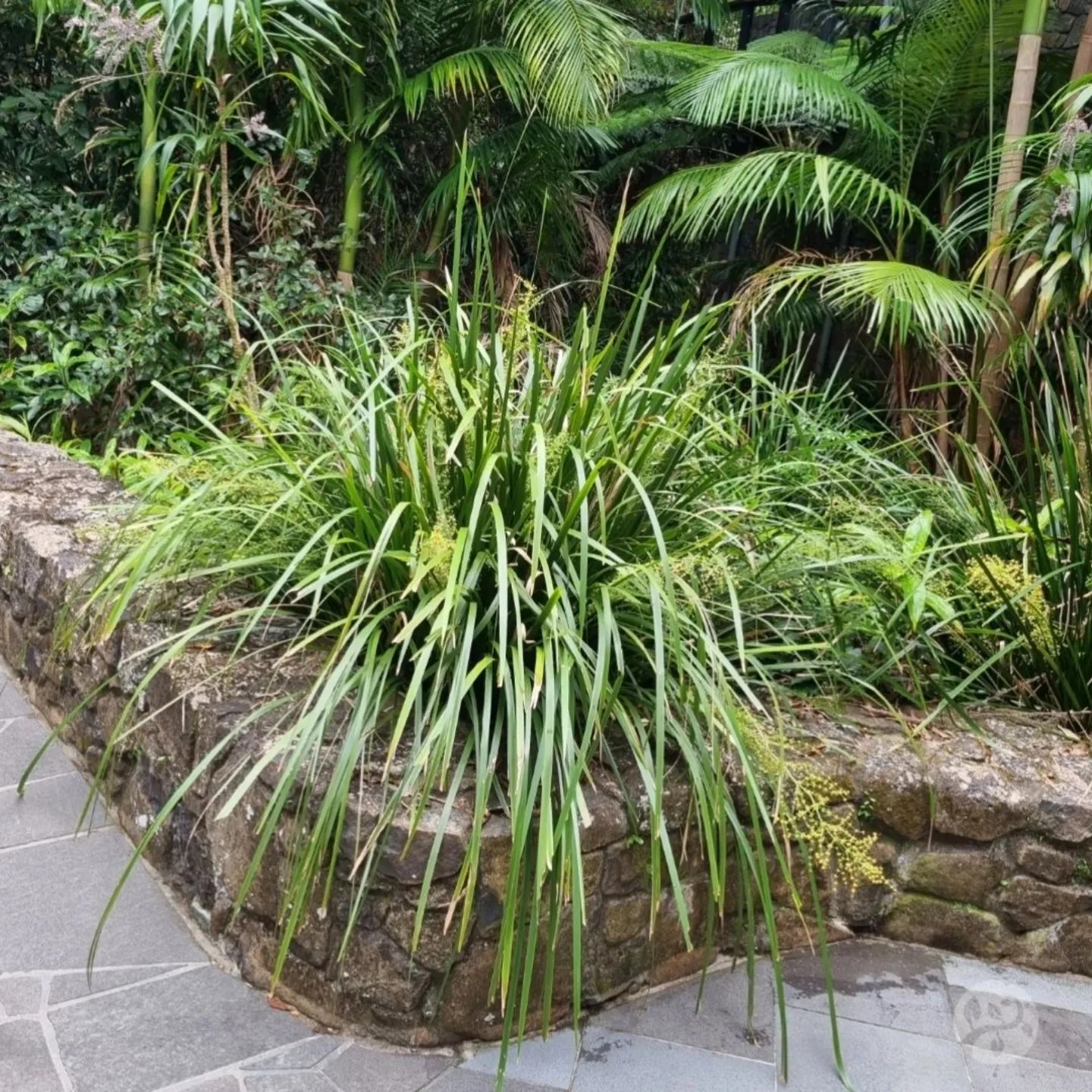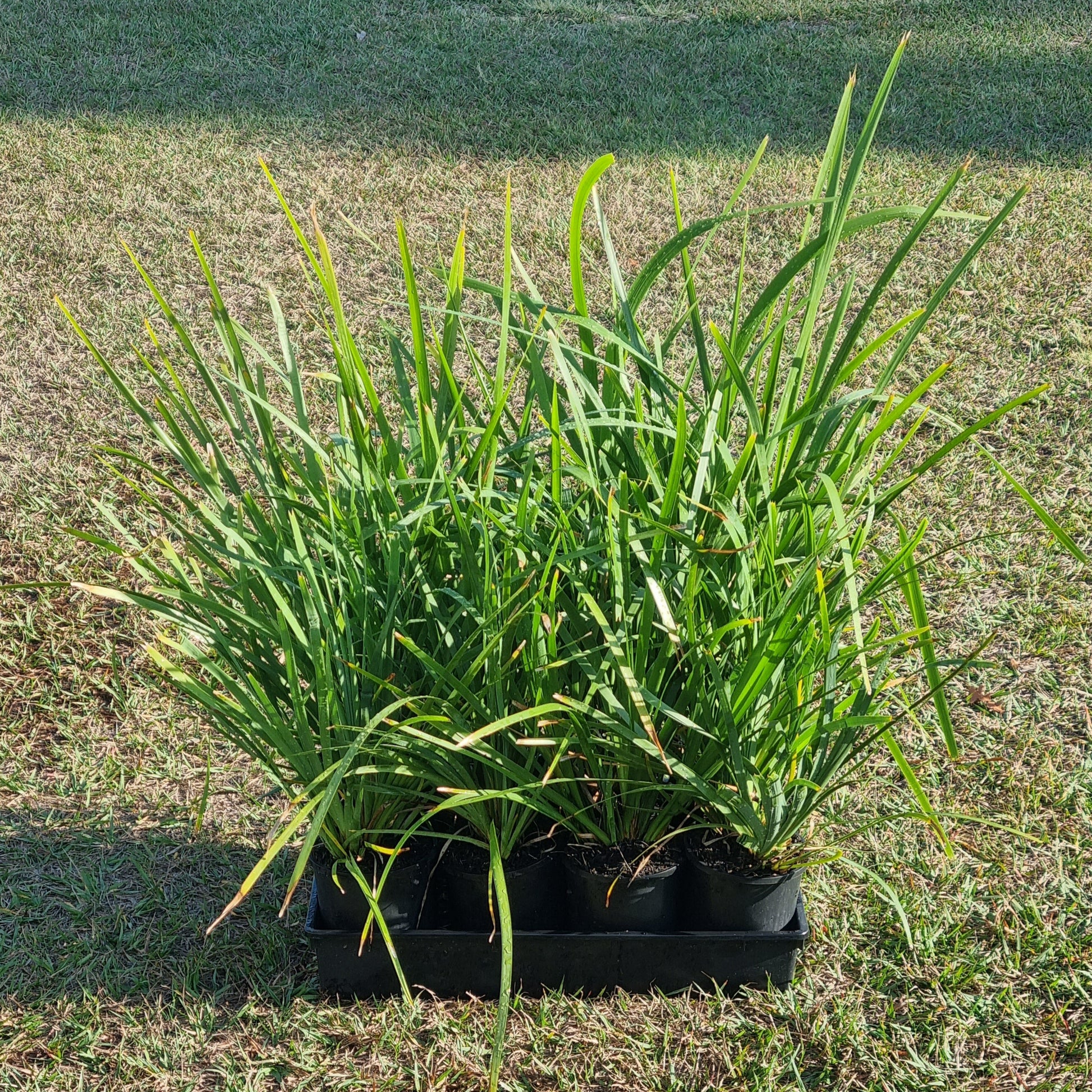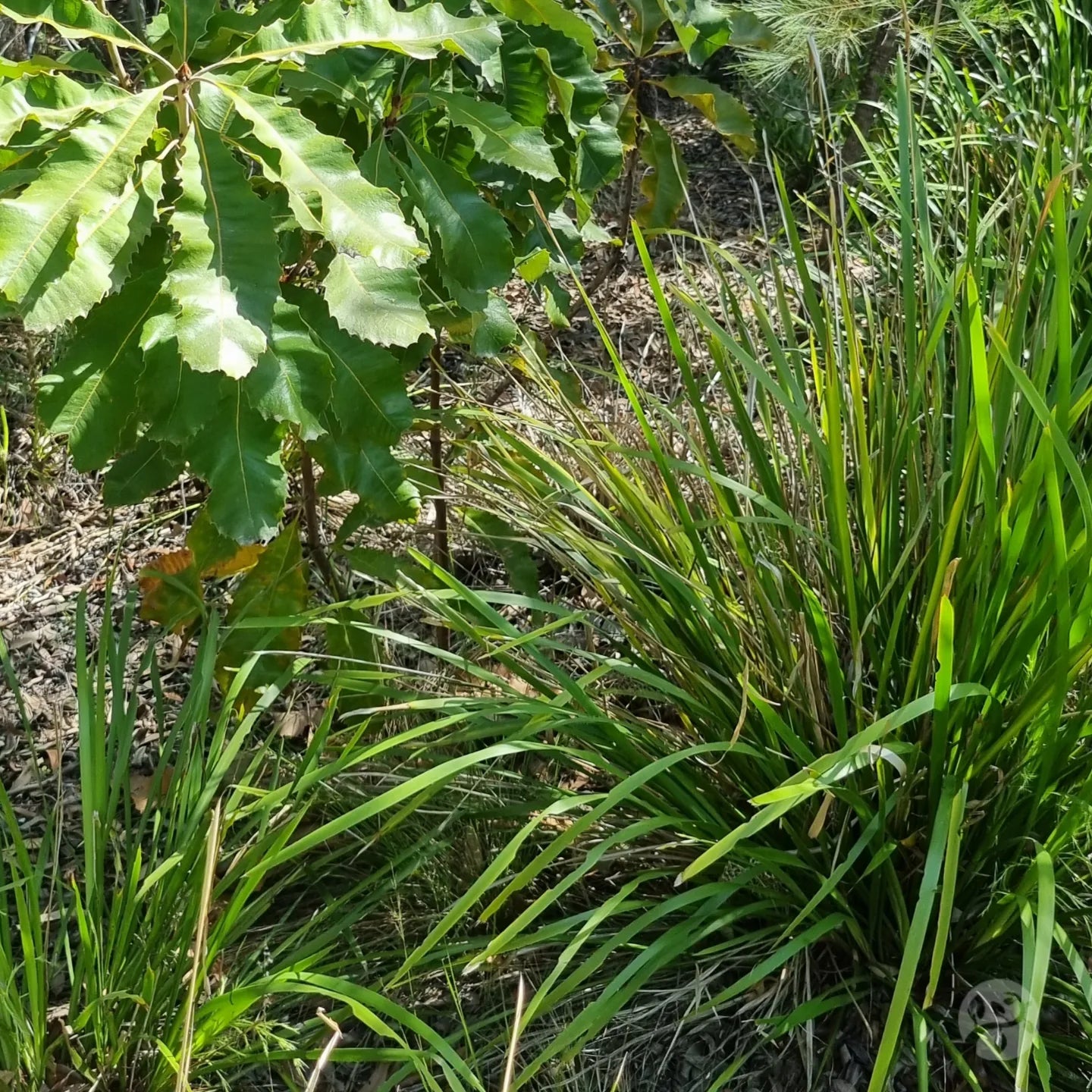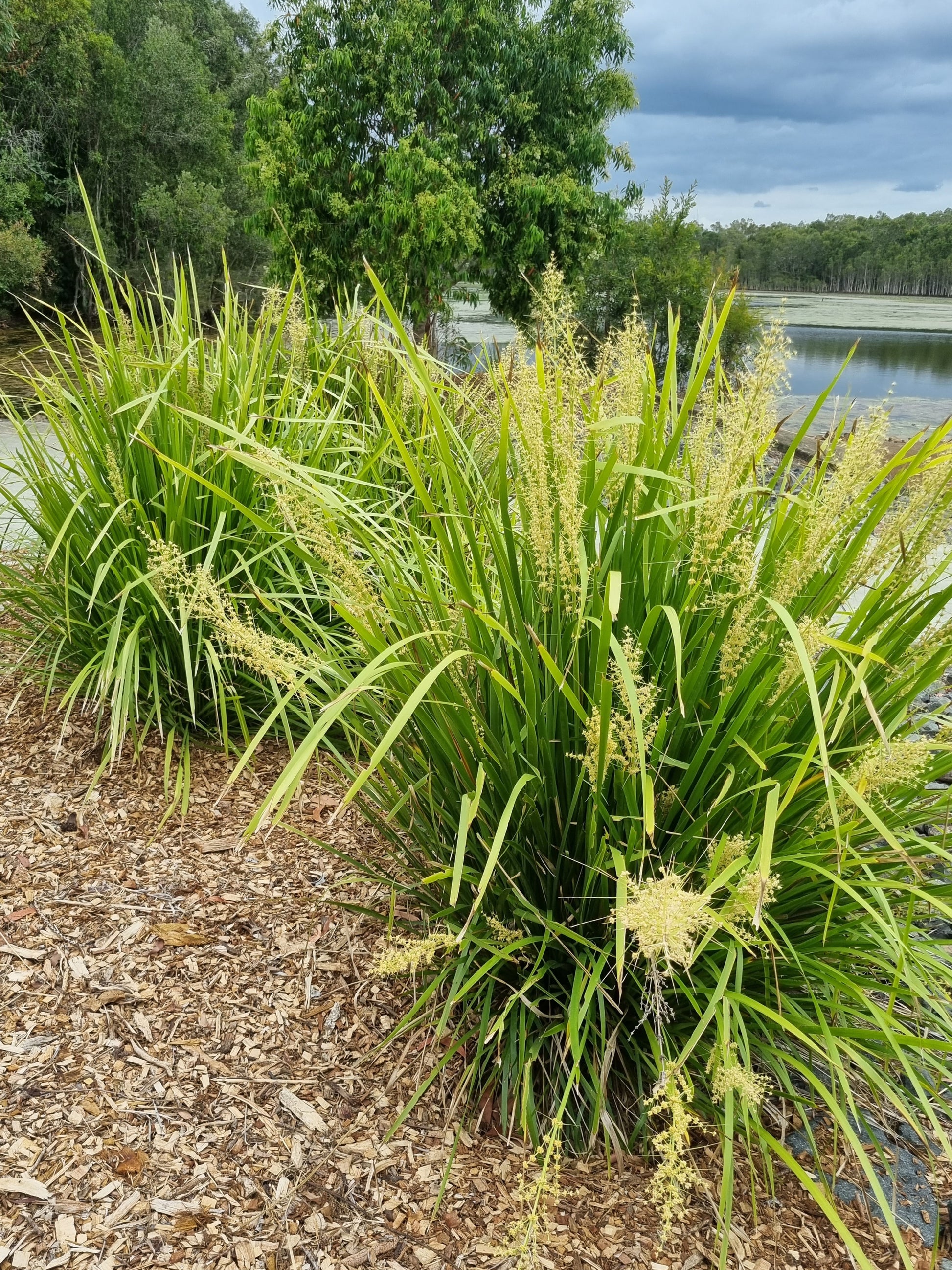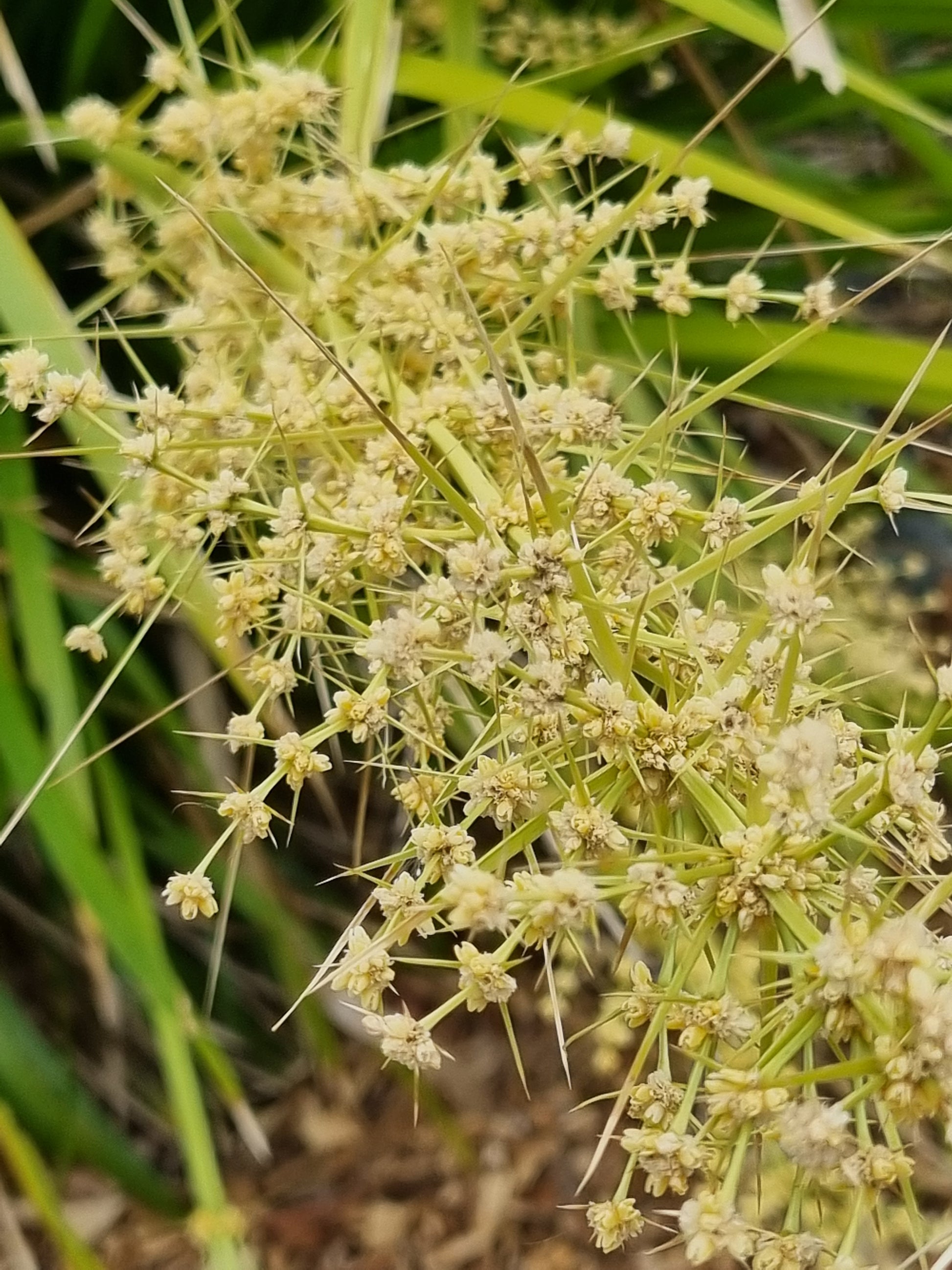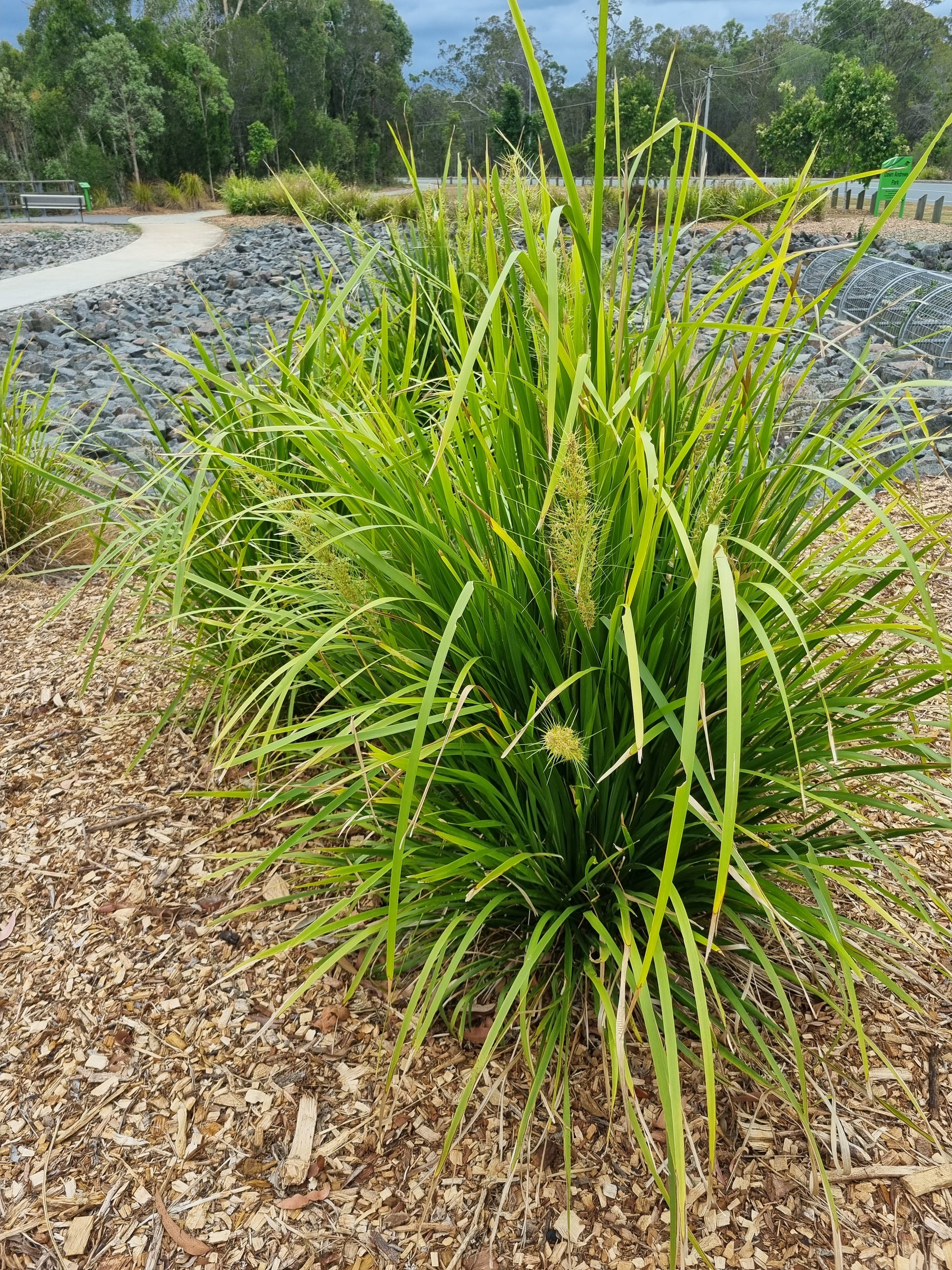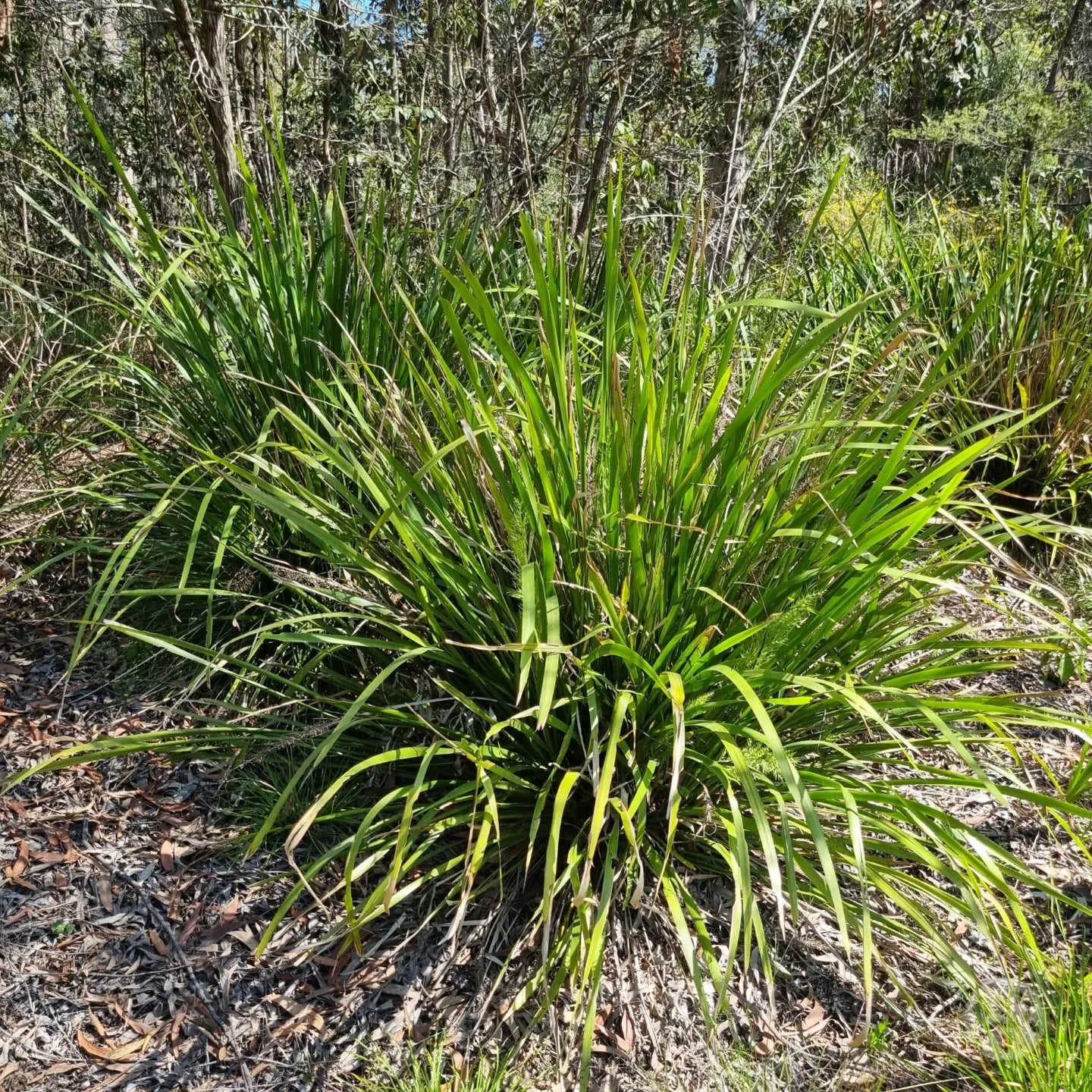Delivertree
Mat Rush - Lomandra longifolia
Mat Rush - Lomandra longifolia
Couldn't load pickup availability
Lomandra longifolia is a tough and adaptable Australian native perennial, known for its grass-like foliage, resilience to extreme conditions, and traditional bush tucker uses. With edible and practical qualities, it's ideal for both modern landscapes and revegetation projects, offering structure, low-maintenance appeal, and ecological value.
Quick Overview:
- Height and Width: Typically grows up to 1 meter tall and wide
- Foliage: Narrow, dark green strap-like leaves forming dense clumps
- Flowers: Small, fragrant cream to yellow flowers bloom in spring, with a mild pea-like flavour
- Growth Habit: Tufted, grass-like form with rounded, compact shape
- Position: Thrives in full sun to part shade
- Soil: Adaptable to sandy, clay, and loamy soils; prefers well-drained conditions
- Tolerance: High tolerance to drought, frost, coastal winds, and poor soils
- Edibility: Fibrous white leaf base edible raw or cooked; flowers and seeds also edible
- Etymology: Lomandra from Greek loma (edge or border) and andros (male), referring to plant structures; longifolia means "long-leaved"
Detailed Description:
Lomandra longifolia, commonly referred to as Mat-Rush, is a hardy and highly versatile plant found across much of Australia. Its dense, clumping form, with long, tough, strap-like leaves, makes it a standout choice for erosion control, low-maintenance borders, or as a durable accent in native gardens and commercial landscapes.
This species is not only visually reliable but functionally valuable. It grows well in a wide range of conditions—sun or shade, sand or clay, wind or salt-laden air—and once established, it needs very little attention. Its roots help stabilise soil, making it especially useful for embankments, road verges, and difficult planting areas.
Traditionally, Lomandra longifolia was widely used by Indigenous Australians for both food and fibre. The white, fibrous base of the leaves can be eaten raw or cooked. The flowers, blooming from late winter through spring into early summer, are sweet-scented and edible, tasting subtly like fresh green peas. The seeds can be dried and ground into flour to make damper, a traditional bush bread.
Its strong, flexible leaves were also used for weaving fine baskets, mats, and fishing gear—a testament to the plant's enduring cultural value.
Growth and Maintenance
- Watering: Water regularly until established; thereafter, only during prolonged dry periods
- Pruning: Cut back dead or damaged foliage to maintain shape and encourage new growth
- Fertilizing: Not typically required, but can be fed with a native-safe fertilizer in poor soils
- Spacing: Space plants approximately 50–100 cm apart for mass planting or erosion control
Common Uses
- Ground cover: Dense growth suppresses weeds and protects soil
- Erosion control: Roots bind soil on slopes and embankments
- Ornamental feature: Adds soft texture and movement in gardens
- Bush tucker gardens: Edible parts make it suitable for native food landscapes
- Weaving and craft use: Traditional material for cultural and practical items
Planting Benefits
- Aesthetic Appeal: Provides structural greenery year-round with seasonal flowers
- Edibility: Offers edible leaf bases, flowers, and seeds with nutritional and cultural relevance
- Versatility: Fits many roles—ground cover, border, accent plant, or practical revegetation
- Low Maintenance: Once established, needs little care and tolerates neglect and harsh conditions
Lomandra longifolia is a symbol of resilience and usefulness in the Australian landscape—easy to grow, rich in tradition, and highly functional in a variety of settings. Whether for restoration, decoration, or bush food value, it is an outstanding choice for sustainable gardening.
Share
